Overview
Map
Other Details
كنيسة مار سركيس وباخوس
Kfar Aabida
Batroun
North
كنيسة مار سركيس وباخوس - كفرعبيدابوشر بناء الكنيسة سنة ١٩١٢ على أنقاض كنيسةٍ صغيرة أقدم، هندستها فريدة نيو رومانيّة تعلوها قبة مسدّسة. عام ١٩٨٨ رمّمت الكنيسة والساحة بما يتناسب مع الهندسة المعماريّة، وأضيفت إليها مجموعة من الزجاجيّات. تحوي الكنيسة على لوحةٍ قديمةٍ لمار سركيس وباخوس للفنّان كنعان ديب تعود لسنة ١٨٤٤.The church of Sts Sergius and Bacchus - KfarabidaThe church was built over an older one in 1913, according to a neo romanesque style with a heptagonal bell tower. In 1988 the church and the place were renovated and stained glass windows decorated the building. The church contains an old painting of Sts Sergius and Bacchus by Kanaan Dib dating back to year 1844.
Visited 3528 times, 7 Visits today



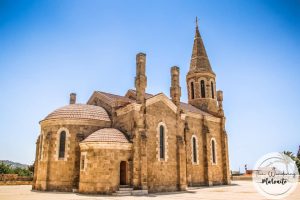
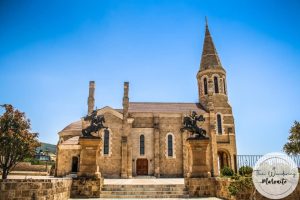
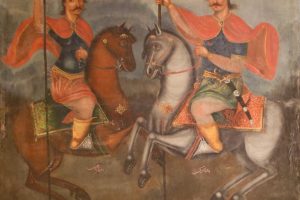
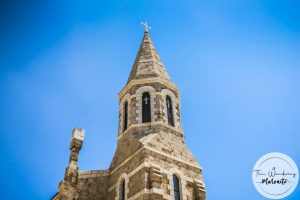




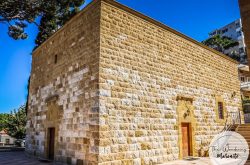
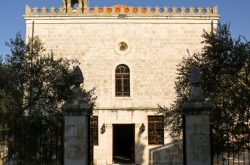
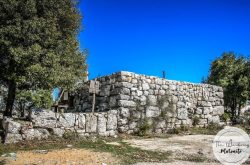
Reviews are disabled, but trackbacks and pingbacks are open.